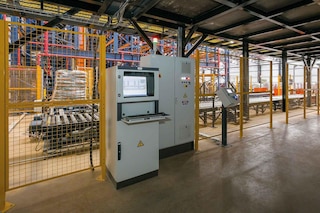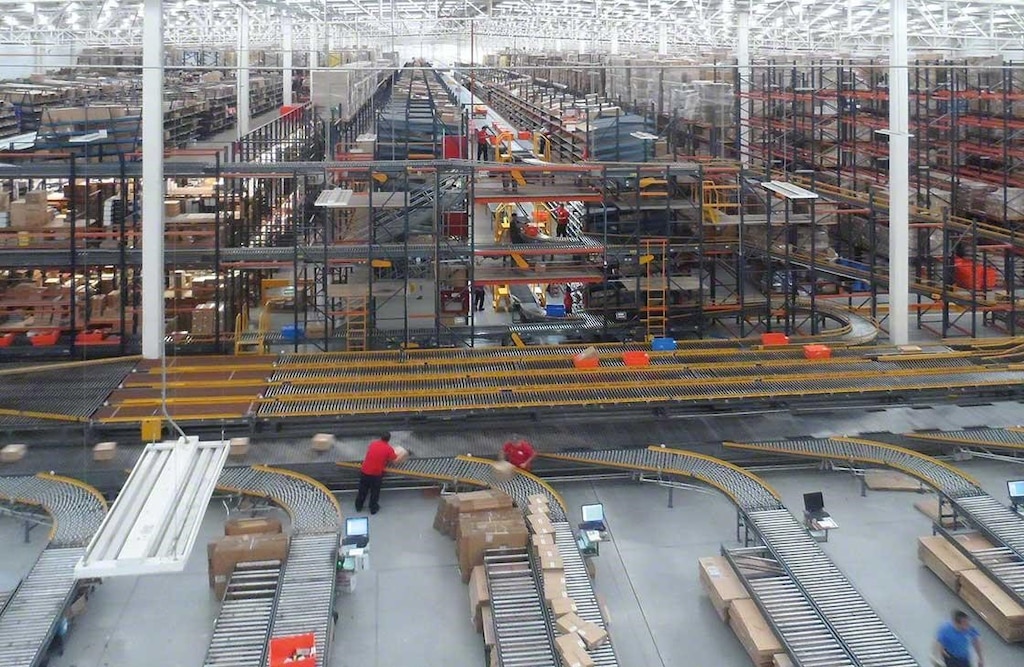
ROI of a WMS: costing out this investment
Identifying the need to install a warehouse management system can be instinctual for some warehouse or logistics managers. However, such a decision cannot simply be based on a gut feeling or isolated problems in warehouse operations.
Costing out a WMS deployment is based on its return on investment (ROI). So, it makes sense to explore and answer questions such as: What kind of costing does a WMS entail? How long will the return on investment take? And, what are the benefits of the new system?
In our article, we discuss how to approach the calculation of the WMS’s ROI in three steps:
1. Define the problems in a warehouse
There are many advantages to using a warehouse management system, as this software is designed to meet the day-to-day challenges storage installations face. This hot topic focuses on several areas such as:
- Inventory traceability and accuracy in warehouses, for example, excess inventory, poor location management, missing SKUs...
- Workforce management, for example, unequal distribution of tasks, erratic picking routes, excess time spent on trips...
- On-site resource optimisation, such as, unused racking, wasted storage space, poor handling equipment performance...
- The quality of the service given to the customer, which can include errors in order preparation, shipping delays...
- Information management and analysis due to a lack of reliable data that makes it hard to calculate and track KPIs in a warehouse.
In general, the person in charge of the warehouse will be the one who can point out obstacles that get in the way of overall operations. However, this research is more effective if it is carried out in tandem with all parties involved in the day-to-day running of the company, as discussed in our article on how to improve productivity in the warehouse.
2. Estimate the savings that the WMS deployment will entail
On the basis of in-house points to improve, it is useful to evaluate the cost savings achieved by installing a WMS in your warehouse. This should help establish the ROI of the WMS. The main strength of the WMS is its ability to do more with fewer resources, i.e., raise overall productivity in the following areas:
- Savings in labor and equipment in warehousing, picking and dispatching: a software such as Easy WMS accelerates picking and order preparation tasks. Along the same lines, there is optimal use of storage space.
- Savings through data entry: information management is automated, so this time can be devoted to other production processes.
- Savings by reducing order errors: customer care improves exponentially, as the WMS enables 99% accuracy.
- Savings through inventory management: without accurate data, it is difficult to reliably reduce stock levels. The WMS matches what is in the system to what is in the warehouse.
At this point, it should be pretty clear how much money and time the right WMS can save you. The next step will be to examine the relationship between this and the investment required to deploy this new system.

3. Calculate the WMS ROI
On estimated savings, we can establish what is called the ROI of the WMS. This will allow us to compare the profit obtained vs the investment made and, in this way, estimate how long it will take to recover the cost and start posting gains.
To do this, you need to know what investment will be needed to commission a WMS rollout project. Briefly, the price of the software will depend on:
- The software deployment option you choose, whether it is on-premise or SaaS.
- The number of licenses required to operate based on the workforce.
- The hardware, i.e., extra devices such as servers if on-premise, but also include systems such as radio frequency handsets or voice picking ones.
- Additional services such as 24-hour remote technical support.
If you are thinking about deploying a WMS in your warehouse and need to calculate the return on investment or ROI of the WMS, please contact us. We will examine your specific case and design a project tailored to the requirements of your storage facility.
